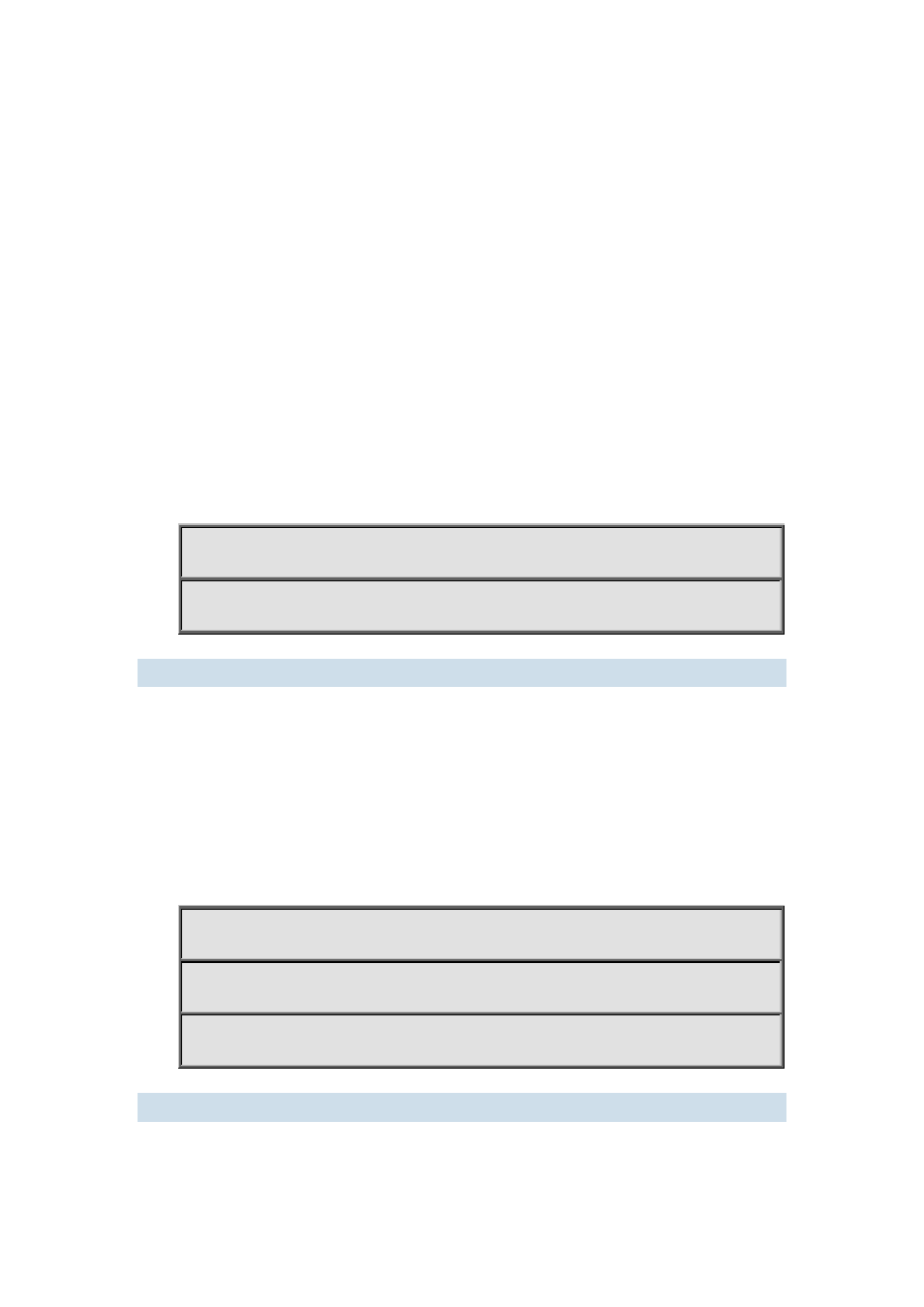18 description, 19 exit-peer-mode – PLANET XGS3-24040 User Manual
Page 609

XGS3 Command Guide
38-38
Function: To configure static RPF peer.
Parameter:
Command Mode: MSDP Configuration Mode.
Default: There is no static RPF peer by default. If the peer command only configures one MSDP peer,
this peer will be treated as the default peer.
Usage Guide: To configure more than one static RPF peers, make sure to use the following two
configuration methods:
Both use the rp-policy parameter: multiple RPFs take effect at the same time, and filter RP in SA
messages according to the configured prefix list, and only accept SA messages allowed to pass.
Neither uses the rp-policy parameter: according to the sequence of configuration, only the first static
RPF peer in the state of UP is active. All SA messages from this peer can be received while those from
other peers will be dropped. If the active peer loses effect (such as the configuration is canceled or the
connection is disconnected), still choose the first static RPF peer in the state of UP in the configuration
sequence to be the active static RPF peer.
Example:
Switch(config)#router msdp
Switch(router-msdp)#default-rpf-peer 10.0.0.1 rp-policy 10
38.4.18 description
Command: description <text>
no description
Function: Add description information of specified MSDP Peer.
Parameter: text: Description text, range between 1 to 80 bytes.
Command Mode: MSDP Peer Configuration Mode.
Default: There is no specified by default.
Usage Guide: To add description for the specified MSDP Peer in order to identify the different MSDP
configuration. The no form of this command will remove the description.
Example:
Switch(config)#router msdp
Switch(router-msdp)#peer 20.1.1.1
Switch(router-msdp-peer)# description PLANET-20
38.4.19 exit-peer-mode
Command: exit-peer-mode
Function: Quit MSDP Peer configuration mode, and enter MSDP configuration mode.
Command Mode: MSDP Peer Configuration Mode.
